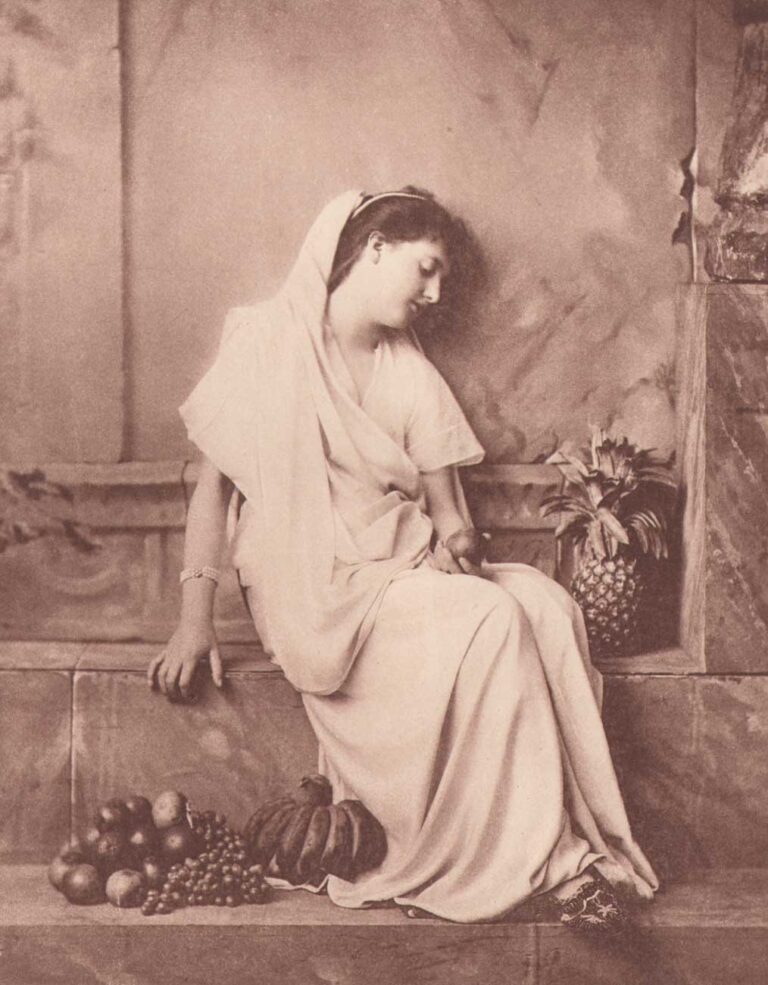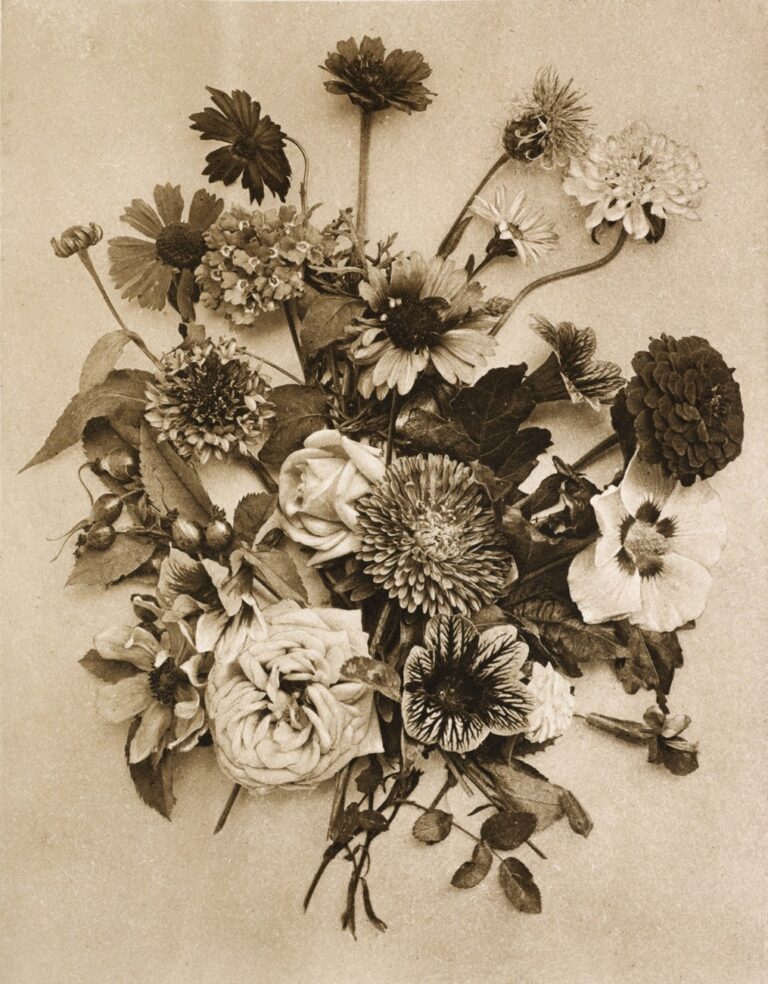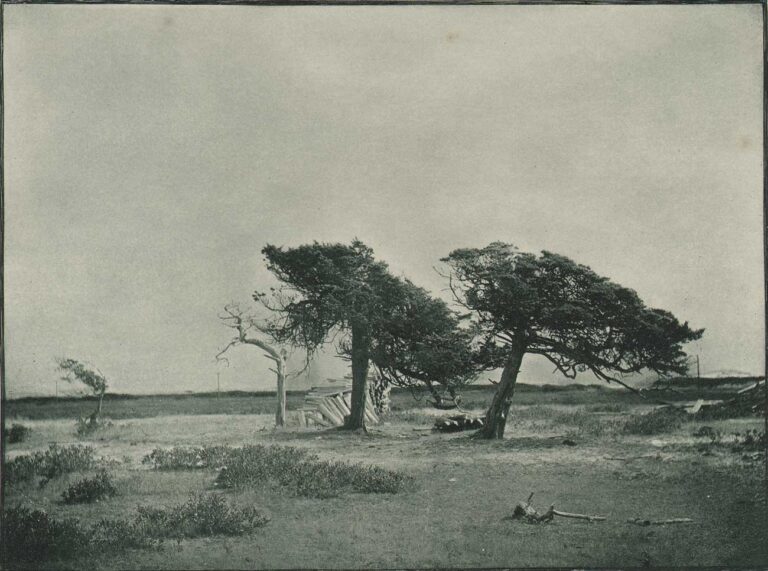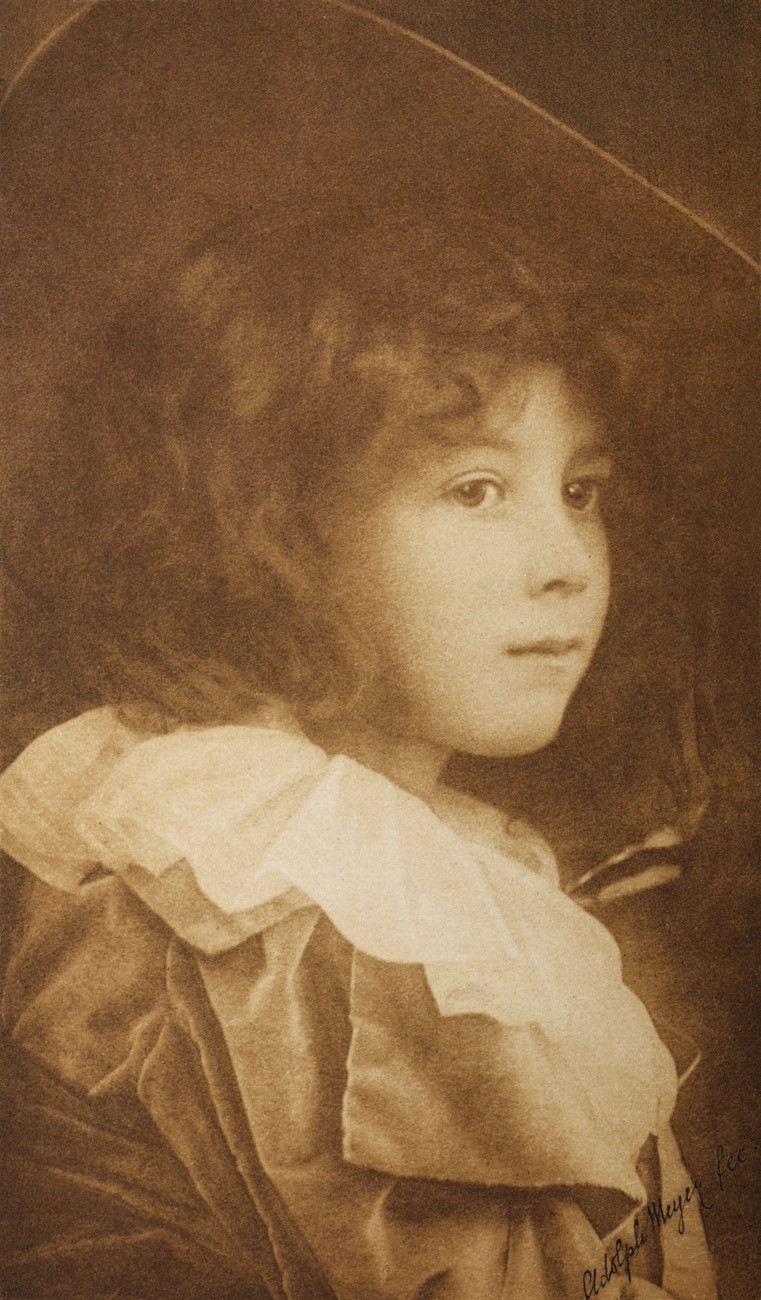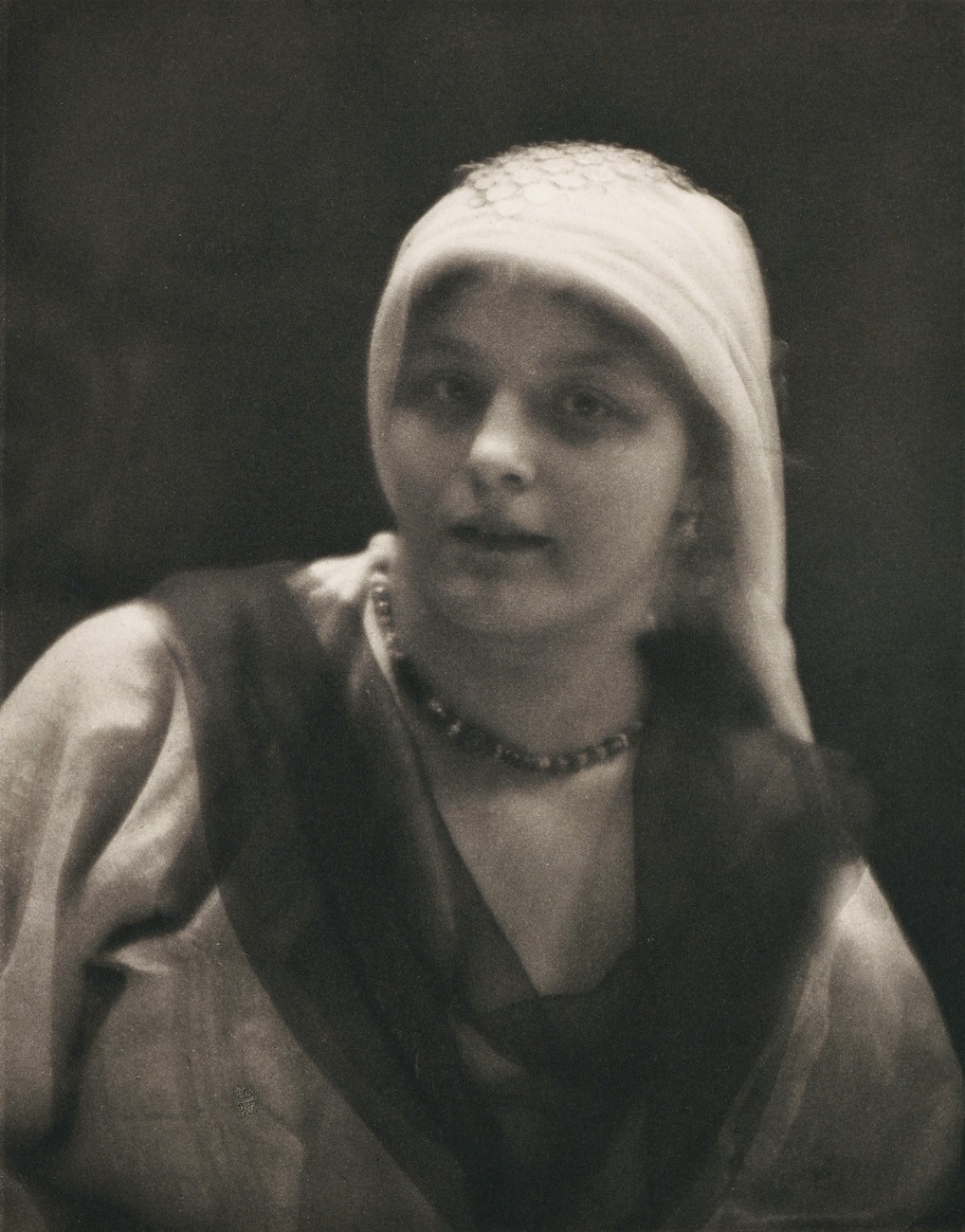
Ghazaleh
Bergheim was an early member of the Linked Ring Brotherhood. Taking on the pseudonym “Smudger”, he invented (in 1893-two single uncorrected elements) along with Dallmeyer of London a soft focus lens used by photographers Will Cadby, Pierre Dubreuil and Frederick Evans. Evans used the Dallmeyer-Bergheim for portraits and landscapes. Evans said of the lens: “The quality of the image given by the Dallmeyer-Bergheim lens, when at its best focus, pleases my eye extremely for its beautiful sense of modeling. There are no sharp lines anywhere and yet no sense of fuzziness: at close vision the image is of course distinctly unsatisfactory as regards pure definition: but at a proper distance there comes a delightfully real, living sense of modeling that is quite surprising, and most grateful and acceptable to the eye.”1.
It would appear this photograph was taken with a soft-focus lens, but it is unclear if he was using the Dallmeyer-Bergheim lens for this portrait. A Dallmeyer-Bergheim lens from 1896 was described thus in a 2006 auction:
English: “Early Soft Focus Brass Lens With variable focal length. Changing the focal length, the degree of diffusion changes as well! Focal length 25 to 40 in. Diameter 4 1/2 in.” 2.
Another lens was introduced in 1896, known simply as the Bergheim Lens:
“This lens was constructed in 1896 by T. R. Dallmeyer at the suggestion of J. S. Bergheim, a painter, who wished for a lens which would give him correct drawing and soft definition without sacrificing the natural structure of the original. To obtain this end the inventor introduced a large amount of both spherical and chromatic aberration, so that to obtain the maximum sharpness possible with this lens an allowance has to be made after focusing. Although primarily intended for portraiture, the Bergheim lens is constructed on the telephoto principle, the front element B being a single uncorrected positive lens, while the back is an uncorrected negative lens C of similar focal length—that is to say, when the two lenses are brought into contact they neutralize each other, various focal lengths being obtained by separating them.
The greater the separation the shorter is the resulting focal length. The diaphragm a is fixed in the hood of the lens, and is marked for apertures requiring certain fixed relative exposures, no matter what the temporary focal length may be. The characteristic feature of the definition given by this lens when skillfully used is a pleasing semi-sharpness through a very deep field, no actual sharpness or offensive fuzziness being visible.” 3.
1. Lot description: “The New Bergheim Lens”: W. Thomas: in: British Journal of Photography, May 6, 1921: Auction Team Breker Köln: Godorf, Germany : Lot #867: May 20, 2006
2. Ibid: Lot #867
3. Cassell’s Cyclopaedia of Photography: edited by Bernard E. Jones: Volume 1: Cassell and Company Ltd: New York: 1912: p. 60
